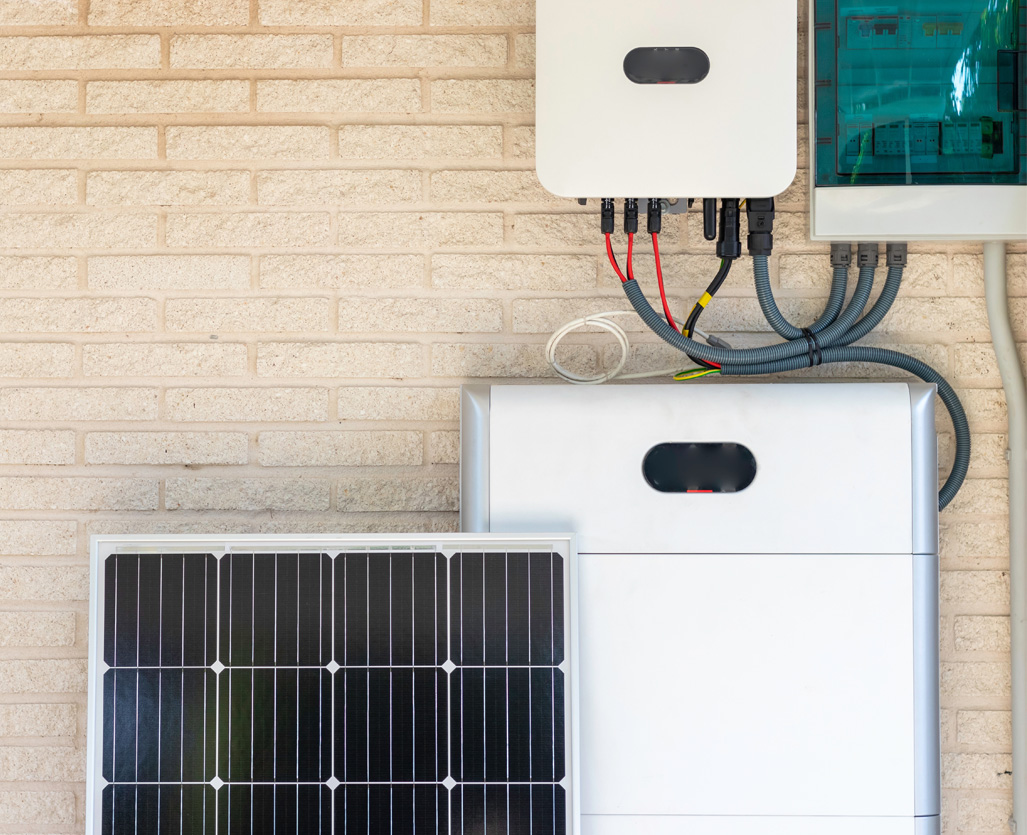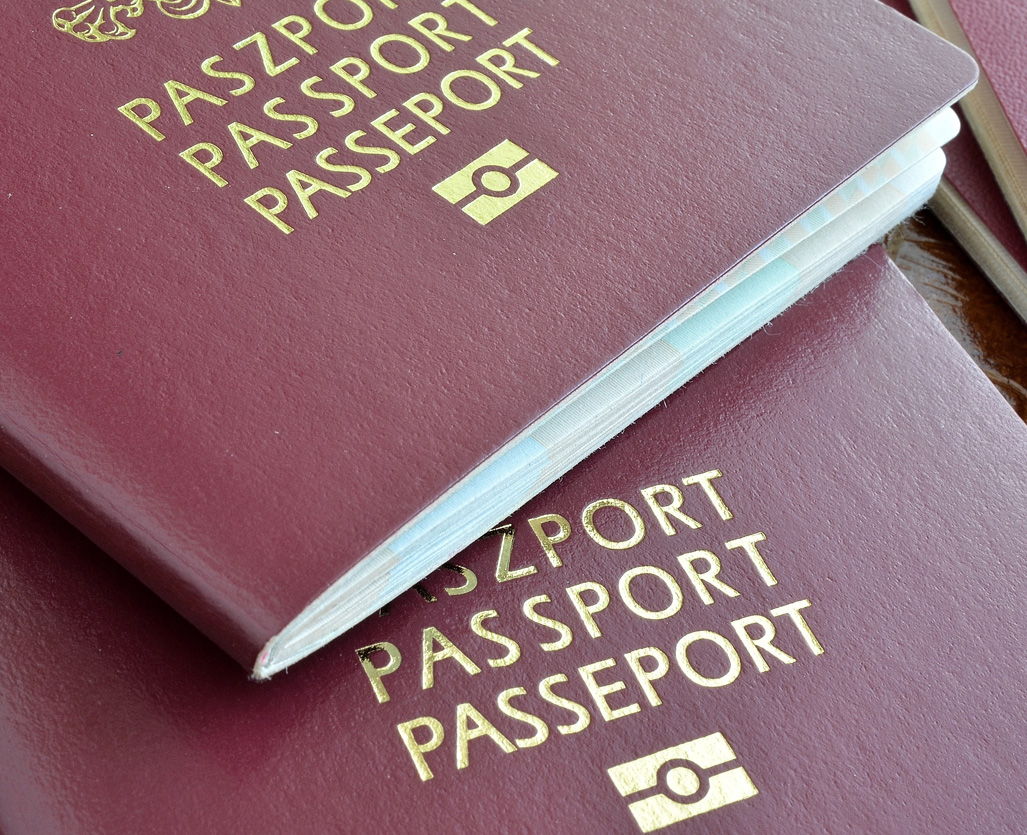Development of New Zealand’s first regulated product stewardship scheme for large batteries – like those used in Electric Vehicles (EV)s and energy storage systems – is surging ahead, with funding secured for phase two of the project.
Project Manager, Dominic Salmon of 3R Group says the scheme will give certainty to users of large batteries that they will be recovered, repurposed or recycled. It will also ensure batteries are a valuable resource in Aotearoa New Zealand’s transition to a low emission circular economy.
“A circular economy for large batteries would have significant emissions reduction benefits, globally, and we are working to do our part.”
Auto Stewardship New Zealand (ASNZ) has been granted up to $210,600 from Te Pūtea Whakamauru Para – the Waste Minimisation Fund (WMF), to lead phase two of the large battery stewardship scheme project. This project supports the WMF focus on accelerating New Zealand’s transition towards a low emission, and low waste circular economy. This represents 60 percent of the project funding, with the balance being provided by Crown entity Te Tari Tiaki Pūngao – Energy Efficiency Conservation Authority (EECA).
“What happens to batteries at the end of their life is a major consideration for the public, especially as EVs grow so quickly in popularity and distributed electricity generation and storage becomes a hot topic. This scheme is focused on enabling the circularity of large batteries, ensuring maximum value is maintained throughout their lifecycle,” Dominic says.
“For example, end of life batteries from EVs still have potential for a lengthy second life in energy storage systems, and the materials they contain can be recycled and kept in circulation even after that.”
Some companies are already exploring their own circular solutions, and Dominic welcomes conversations about how that will interact with the regulated scheme. “We believe the scheme will enable the innovation and collaboration needed to make batteries a valuable resource in the global circular economy.”
In July 2020, electrical and electronic products, including large batteries were declared priority products under the Waste Minimisation Act 2008. This means a regulated product stewardship scheme must be developed as soon as practicable to manage the environmental impact of these products during their life cycle (including design, manufacture, purchase, use and end-of-life).
In November 2021, the government consulted on proposed regulations to support the large battery scheme including the regulation to require producers and sellers to comply with an accredited scheme.
“All of the industry can be part of the scheme, creating a level playing field while ensuring environmental and health and safety best practice”, Dominic says.
The development of the product stewardship scheme for large batteries is being led by ASNZ, the product stewardship organisation for the Battery Industry Group (B.I.G.). B.I.G. is the stakeholder group providing insight and oversight for this project.
Phase one saw the initial design of the large battery scheme being submitted to the Ministry for the Environment. “The second phase will focus on areas ranging from developing a robust understanding of the number of large batteries in the market and a digital solution to track ownership throughout their lifecycle, to developing the detailed business plan and financial model,” Dominic says.
“This phase will lead up to an application for priority product accreditation to the Minister for the Environment in 2023.”
About the Waste Minimisation Fund
The purpose of Te Pūtea Whakamauru Para – the Waste Minimisation Fund (WMF) is focused on accelerating New Zealand’s transition towards a low emission, and low waste circular economy. The WMF invests in infrastructure, services, and educational activity throughout New Zealand. The fund is enabled through the waste disposal levy.
There is considerable scope in New Zealand to reduce waste and increase the recovery of useful resources from waste. Lifting our performance in recovering economic value from waste also provides environmental, social, and cultural benefits, and reduces the risks of harm from waste. More information about the fund can be found on the Ministry for the Environment website


